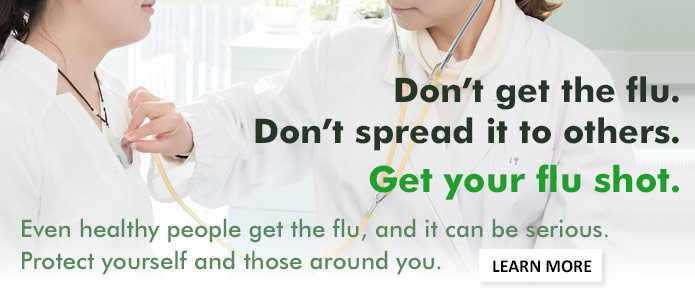
Food contamination is a leading cause of illness, yet one of the easiest to avoid. Proper handling significantly reduces the risk of food-borne illness.
Clean
Wash your hands and surfaces often.
Germs can spread easily in your kitchen. To prevent this:
- Wash your hands for at least 20 seconds with soap and water before you prepare food and before you eat. Wash them periodically as you cook and handle food, too. Always wash your hands after handling uncooked meat, chicken and other poultry, seafood, flour or eggs.
- Wash your cooking utensils and surfaces like cutting boards and countertops with hot, soapy water after preparing each food item.
- Rinse fresh fruits and vegetables thoroughly under running water before you start preparing them for cooking.
Separate
Avoid cross-contamination.
Raw meats and other foods can spread their germs to other foods you're preparing. Separating foods helps prevent this.
- When grocery shopping, keep raw meat, poultry, seafood, and their juices away from other foods.
- Keep raw or marinating meat, poultry, seafood, and eggs separate from all other foods in the refrigerator. Store them in sealed containers or wrap them securely.
- Use a separate cutting board or plate for raw meat, poultry, and seafood, and a different one for foods like vegetables and bread that won't be cooked.
- Raw chicken doesn't need to be washed first. Washing can spread germs into your sink and nearby surfaces, and contaminate your other foods.
Cook
Cook foods to a safe internal temperature.
Cooking to the right temperature ensures that germs are destroyed. Using a food thermometer is the safest and most reliable way to measure your food's internal temperature.
- Whole cuts of beef, veal, lamb, and pork, including fresh ham: 145°F (Allow the meat to rest for 3 minutes before slicing or eating.)
- Ground meats such as beef and pork: 160°F
- All poultry, including ground chicken and turkey: 165°F
- Fish (except for shellfish): 145°F or cook until the flesh is no longer translucent and separates easily with a fork.
- Casseroles and leftovers: 165°F
- Detailed food temperatures chart FoodSafety.gov
Chill
Refrigerate foods promptly to prevent the growth of bacteria.
Bacteria multiply rapidly between 40°F and 140°F. Refrigerate foods promptly after cooking to cool them to a safe temperature.
- Keep your refrigerator at 40°F or below and your freezer at 0°F or below. (If your refrigerator doesn't have a built-in thermometer, keep an appliance thermometer inside it.)
- Refrigerate perishable food (meat, seafood, dairy, cut fruit, some vegetables, and cooked leftovers) within 2 hours. In high temperatures (90 degrees and up) like a picnic or hot car, refrigerate food within 1 hour.
- Small portions of food chill faster. Separate large batches of food into several smaller containers for storage in your refrigerator or cooler.
- Thaw frozen food in the refrigerator, in cold water, or in the microwave. Leaving food on the counter to thaw at room temperature allows bacteria to quickly grow in the parts of the food that warm sooner.

